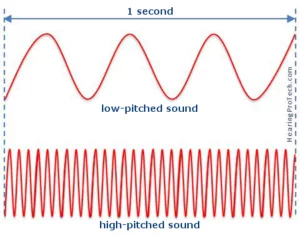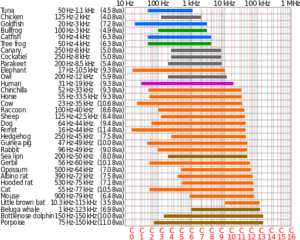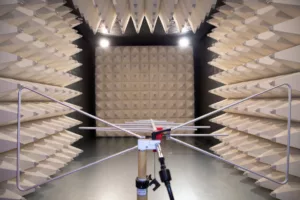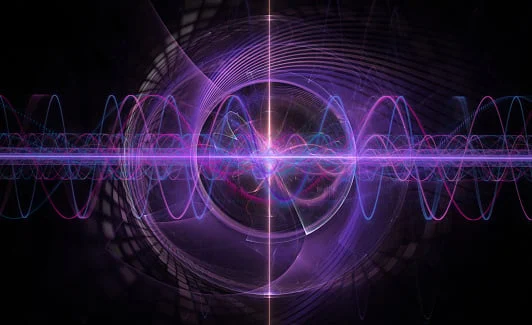Written in collaboration with Roozbeh Pirzadeh
As part of our work, we help clients understand complex technical problems. Many executives have a strong business background and are great at running a business but lack technical knowledge – that’s where we can help.
Recently, we’ve been battling EMI issues (electromagnetic interference). While the electrical engineers are fully aware of the challenge, the rest of the team needs help understanding the fuss. That’s especially hard because these problems can’t be “seen” or “heard.” Non-technical colleagues may need help to know whether the issue is even present at all.
This article aims to bring more understanding into a field often described as “black magic” – even by other engineers. While it’s aimed at demystifying the field for folks of a non-engineering background, there should be something useful here for everyone. This sort of blog post – making complicated engineering topics easy to understand – is the first in what we hope is a series. These concepts are helpful for everyone to know about and understand, even if on a fundamental level – plus, they’re fun to write!
Quiet, please
Have you ever found it hard to hear friends when having dinner in a busy restaurant? The background noise is too high, or someone is far too loud for others to understand. You can start shouting, which worsens the problem as everyone raises their voice. It’d be much better if we all were quieter.
Our homes may sound quiet to our ears, but they’re noisy to the ears of our smartphones, TVs, and other electronics. How’s that possible? Well, there is noise that our ears can not hear. And our eyes can’t see it either.
Without going too much into the weeds, EM (electromagnetic) noise is all the invisible noise your electronics make. The spaces we exist in daily are filled with it without us realizing it.
Let’s think about the actual noise our ears can hear: audio engineers would tell us that it’s made up of a multitude of sounds, all at different frequencies and volumes. They’re even different between men and women!
Frequency-wise, anything above 20 kHz is inaudible for us humans.

Other animals have wildly different hearing ranges. Tuna doesn’t seem to hear that much.

Turn down the volume…
So how do engineers make sure our smartphones are quiet enough? Well, quiet is a relative term, and each country sets its rules via its regulatory bodies. These are dedicated institutions that regulate the field similarly to how the DMV regulates driver’s licenses.
The FCC (Federal Communications Commission) is a regulatory body in the US. The FCC limits EM noise, so our TV can peacefully coexist with our smartphones and laptops.
In other countries, limits may differ, so a particular device may only be allowed to sell in specific countries.
In the example below, a device has been tested to see if it’s too noisy. The red line is the limit that can’t be exceeded, while the black line is the “volume” of the device under test.
The red line in the graph refers to EN55011 limits, which are dictated by European authorities. US limits are very similar.
You can see how the black line gets slightly above the limit of around 146MHz, which means the device can’t be sold in Europe.

What can be done in such a case where the device we designed is too noisy? Several techniques are available to the seasoned engineer. Among them are:
- Proper shielding of noisy components
- Spread–spectrum modulation
- Rearrangement of components
- Replacing noisy components with quieter ones
After the proper fixes have been made, a certified test lab will issue us a formal report. That report will attest that our device is quiet enough to be sold to consumers.

Conclusion
Even if you’re not an engineer, understanding the need for EM compliance testing can go a long way. By now, you should have a cursory understanding of the need for EM certification and how to achieve it.
At Fusion Engineering, we’re generalists. When it comes to a specific technical issue like EMC, we may enroll help from our vast network of experts and quickly deal with EMC problems.

